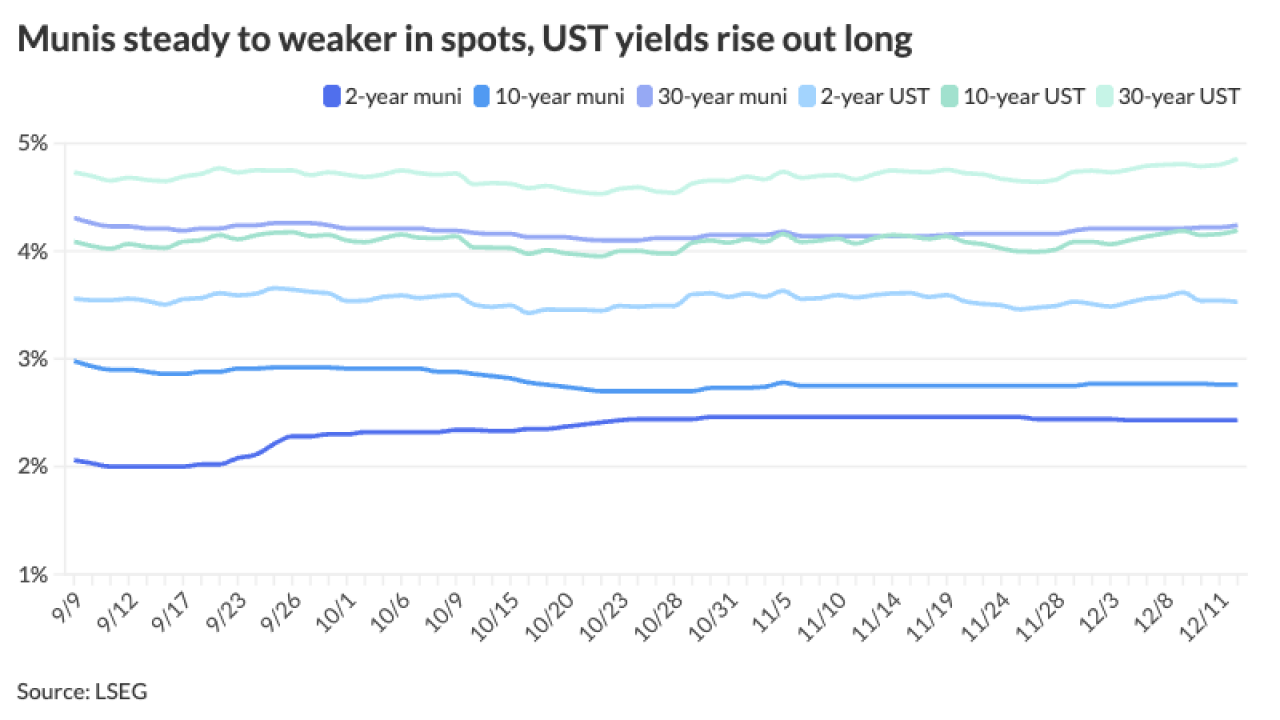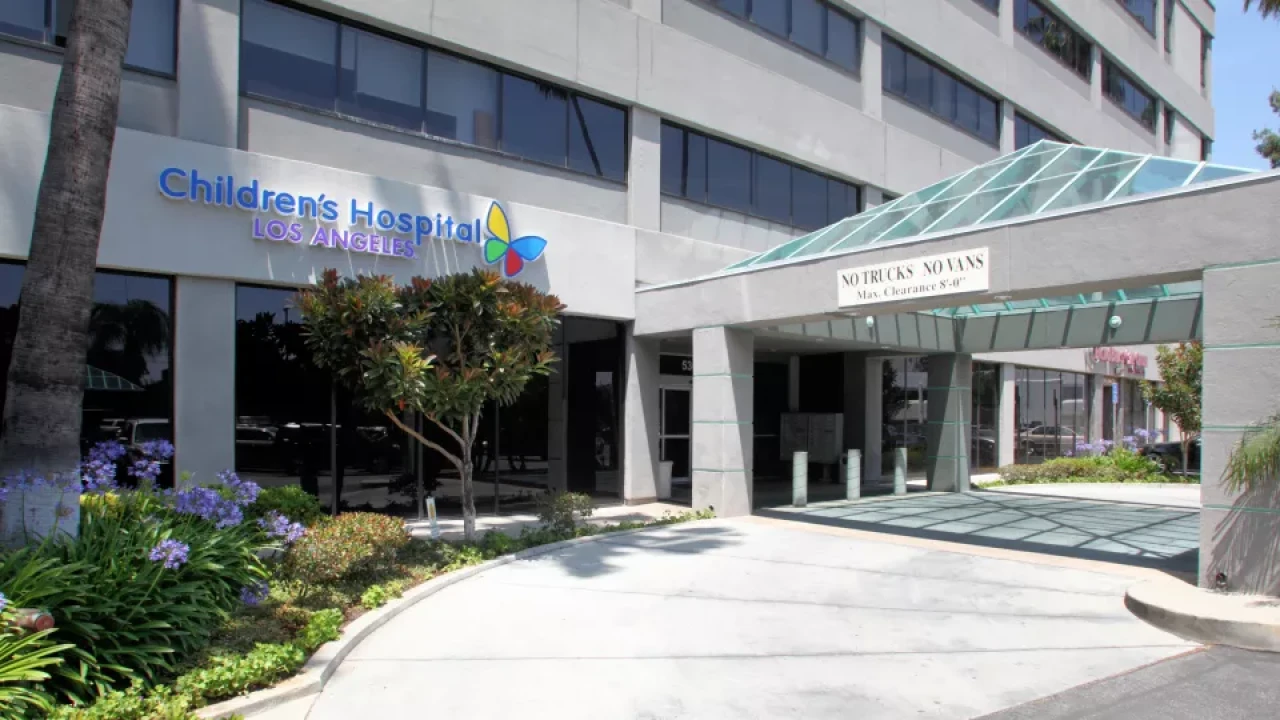
Many of the 42 states with enacted fiscal 2021 budgets have approved only temporary measures because of the uncertainty caused by the COVID-19 pandemic.
They are waiting to see how much federal aid is approved by Congress later this month and how much income tax revenue they receive on July 15.
“Nobody wants to make a large cut you can’t roll back,” said Shelby Kerns, executive director of the National Association of State Budget Officers. Kerns spoke Wednesday during an online forum on the State of the States organized by the Urban Institute think tank.
A recent NASBO survey found that state budget officers estimate government revenue losses from the COVID-19 pandemic could be as much as double the 11% decline over two years that resulted from the Great Recession.
In the fiscal year that ended June 30, some states plugged their budget gaps by drawing down part of their rainy day reserves, canceling employee pay increases or enacting smaller spending cuts, Kerns said.
In the new fiscal year that for most states began July 1, states have tentatively enacted spending cuts of 4% to 15% that are being delayed until they know the amount of federal aid that Congress will approve, the NASBO spokeswoman said.
Five states have already voted to increase income taxes, according to Donnie Charleston, director of State and Local Fiscal Policy Engagement at the Urban Institute.
The extent of how states are taking a wait-and-see approach includes New Jersey’s decision to extend its current fiscal year until October.
Among other short-term actions is the one-month budget for July enacted by Massachusetts and the three-month spending plan approved by Vermont that is expected to be revised in August.
Pennsylvania is funding agencies except for schools only through December.
South Carolina has passed a continuing resolution until September and Rhode Island has frozen its monthly spending at fiscal 2020 levels.
Thirteen states and territories already have received federal authorization to borrow $17 billion to pay unemployment insurance claims.
The Urban Institute estimates enrollment in the Medicaid health care program for the poor will increase anywhere by 8 million to 26 million people depending on the unemployment rate and responsiveness of private insurance.
Unemployment shrank to 11.1% in June with the rebound of 4.9 million jobs from earlier job losses in May, but the economy remains in flux. Some states have had to backtrack on reopening as the number of COVID-19 cases has skyrocketed in those states.
Moody’s Investors Service issued a report Wednesday saying that job gains and falling unemployment will not rescue states from large budget gaps looming in fiscal 2021.
“The number of people unemployed remains at historically high levels and represents an enormous hit to economic output, resulting in lower tax revenue,” Moody’s Vice President Marcia Van Wagner said in a press statement. “The two-month total job gain of about 8.8 million in May and June offset only about one-third of the jobs lost in the two months from February to April, and the nearly 18 million counted as unemployed in June was well above the 5.8 million in February.”
In fact, the financial status of the nation’s millions unemployed of unemployed workers could take a dramatic turn for the worse at the end of this month if Congress doesn’t extend the $600 weekly federal benefit that has been added to state jobless benefits.
The Bureau of Economic Analysis said Wednesday that the extra $600 in weekly unemployment insurance provided by the federal government under the CARES Act boosted incomes at an annual rate of $842 billion in May.
Some Senate Republicans have suggested continuing the payments at a lower monthly rate and there’s a proposal to lower the rate based on the jobless rate in each state.
The liberal-leaning Economic Policy Institue estimates that extending the benefit at $600 per week through the middle of 2021 would provide an average quarterly boost to Gross Domestic Product of 3.7% that would sustain the employment of 5.1 million workers.
At the Urban Institute forum Wednesday, two studies were cited on the adverse impact of higher unemployment on state and local budgets. One estimate is that a one percentage point increase in unemployment increases state budget gaps by $45 billion while another estimate is that it increases local government budget gaps by $22 billion.
Moody’s Analytics estimates there will be an overall $500 billion in state and local budget gaps through fiscal 2022 which would balloon to $750 billion if there is a double-dip recession.





